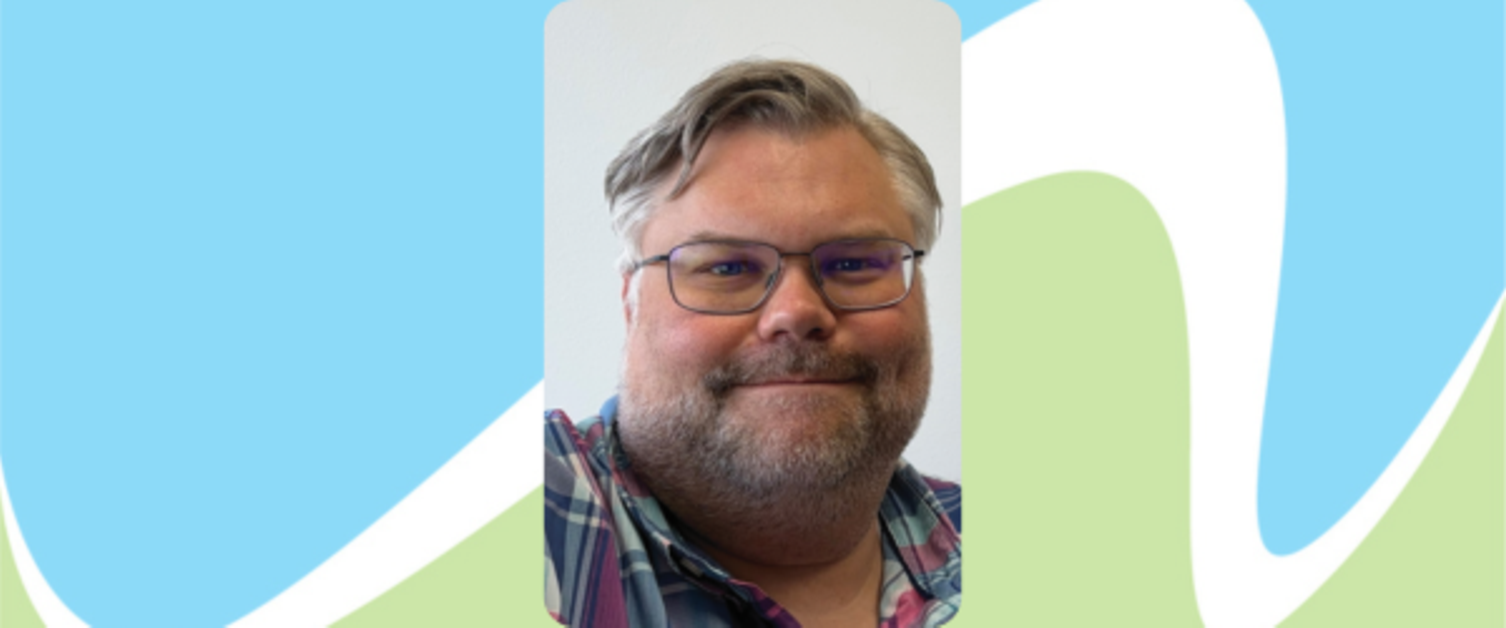Clear Skies Ahead: Brandon Katz
- By AMS Staff
- Nov 11, 2024
“I worked for a small company called Remcom in State College, Pennsylvania, that was a radio wave propagation firm. They wanted a meteorologist on staff because they were studying radio wave propagation and radio wave ducting. If you’ve ever heard about people in North Dakota getting radio stations from Miami, that’s an example of getting an inversion in the atmosphere which can cause radio waves to start curving up, and then curving down and the signal can get stuck, which is an example of radio wave ducting. They were a military contractor and were looking to figure out how you can model and try to predict where radio wave ducting will and won’t occur. That really got me into the idea, and saying, ‘Wow, these phenomena can actually be modeled, and you can start at point A and then just let the physics go, and see where you end up at point B.’ That really built my passion for figuring out how to model atmospheric phenomena, not just from a theoretical standpoint, but trying to use heuristics and other statistical methodologies to figure out how to create something that looks exactly like what’s happening in nature.”
—Brandon Katz, executive vice president, strategy, at KatRisk in Austin, Texas, on one experience that sparked the passion for his career. For more, listen to the Clear Skies Ahead podcast at https://blubrry.com/clear_skies_ahead/, with new episodes released every month.
